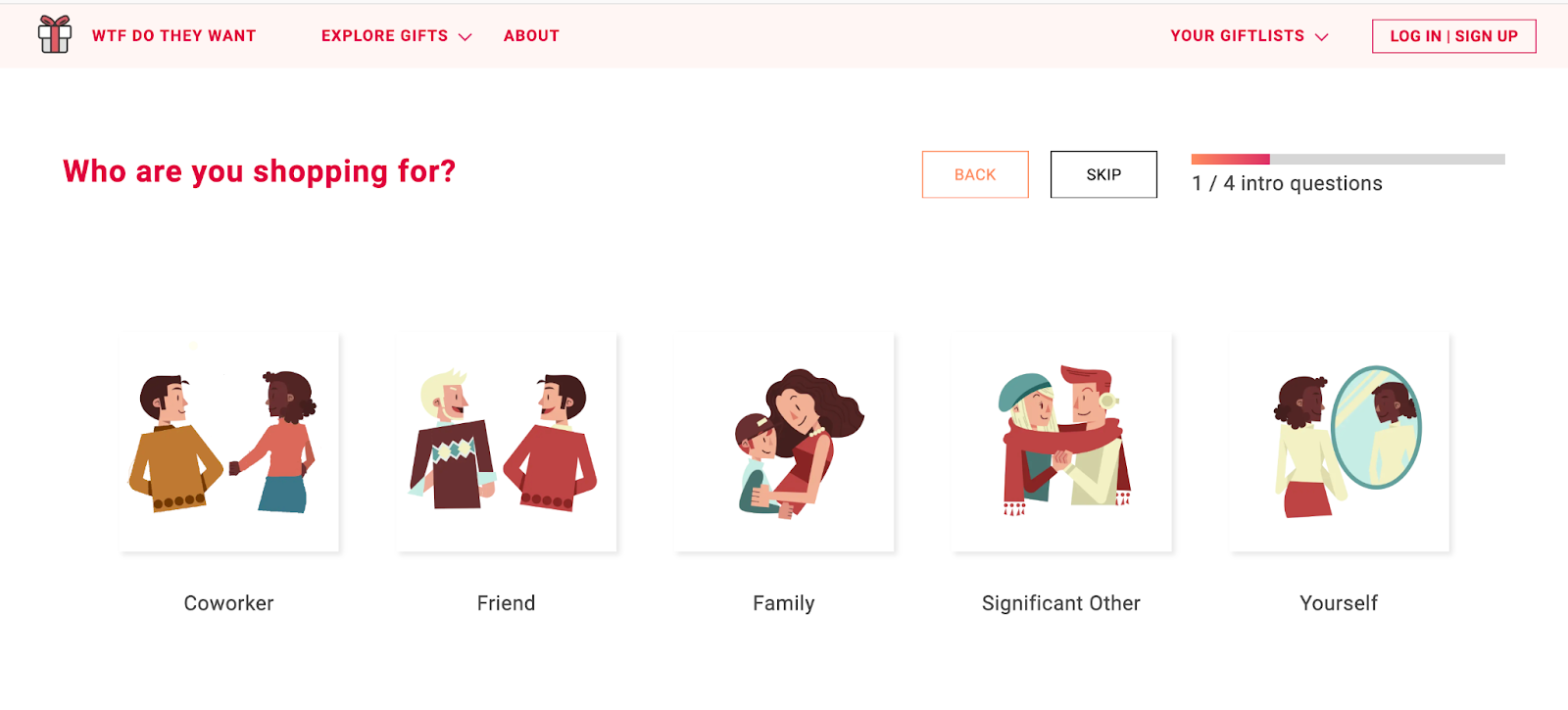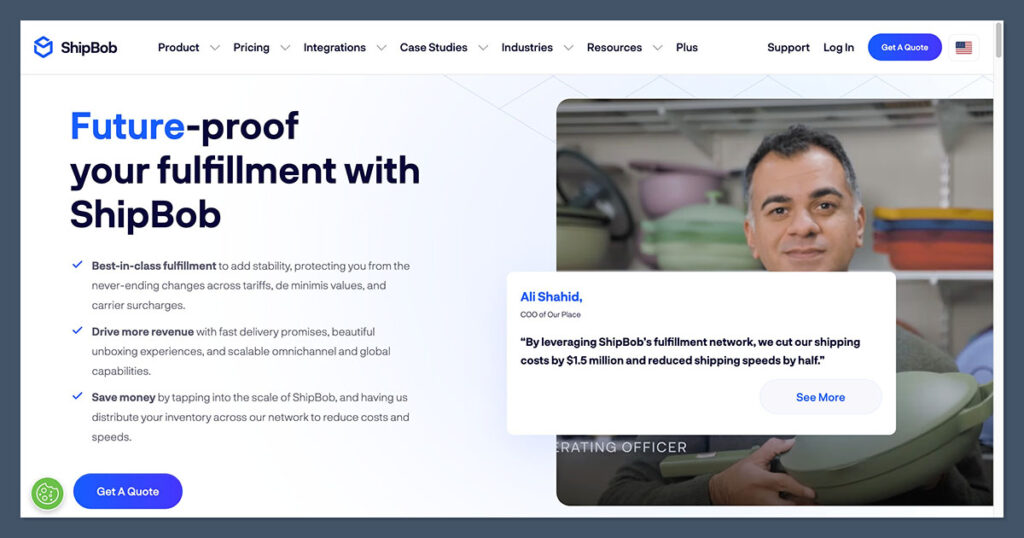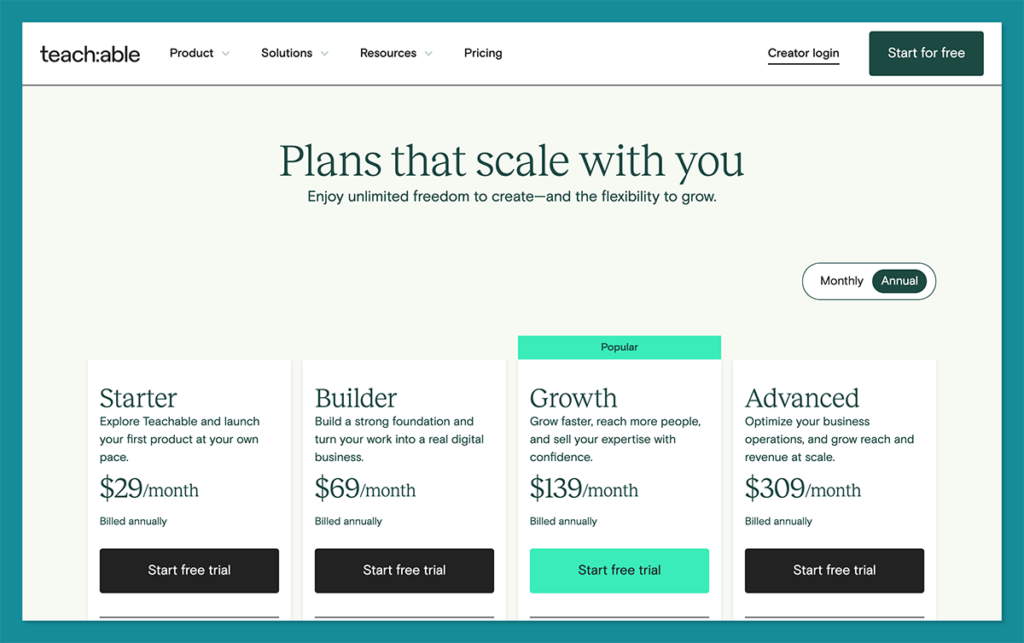Quick answer: The market for personalized products is on a bullish run fueled by the Gen Z audience preferences, social media frenzy, adoption from e-commerce giants, and quick fulfillment models.
Introduction: Personalization as 2025’s Growth Engine
Whether for just etching their name on a product or customizing the complete design, customers are willing to pay a premium for personalization.
2025 is the year of personalized and custom products in e-commerce. After going through various global market reports on product personalization, I realized that merchants like you and I can expect huge sales surges.
However, we must leverage the right technology, platform, and strategy to keep up with trends as we offer custom products.
Let me save you time and run you over the top product personalization trends.
2025 Market Snapshot
More and more consumers are investing in buying personalized products. It reflects in the numbers:
- The global market for personalized products is at $31 billion, predicted to grow at a rate of 8.8% CAGR to reach $43.5 billion in 2029
- Experts expect the print-on-demand (POD) market to grow from $12.39 billion in 2025 to $75.30 billion in 2033
- Many POD stores fulfill personalization through dropshipping, which grew to $365.67 billion in 2024, and experts project it to reach $1,253.79 billion by 2030
Core Drivers Accelerating Personalization
So what’s powering these personalized-product-driven market booms in 2025? Here’s what I’ve concluded:
- Gen Z consumers prefer one-of-a-kind personalized products that act as a form of self-expression.
- People want to buy items that are “photo-worthy” for social media, and that too fuels the demand for one-of-a-kind items and moments-associated personalized products.
- E-commerce giants and name stores like Amazon, Target, and Nike offer customization, and new merchants are essentially competing with the experiences these giants provide.
- With the POD model, fulfillment of personalized items became much quicker, shrinking the convenience gap in ordering personalized and mass-produced items.
Emerging Tactics & Technologies
What’s really exciting and honestly fun to me are the new tactics and tech emerging to take personalization to the next level. Here are some of my favorites:
AI design tools for custom products
Have you seen Freepik’s AI image generator yet? I love that you can create amazing graphics with just a prompt, like “a vintage sunset with palm trees.”
Interactive quiz funnels


Source
I came across this website called wtfdotheywant.com, and I thought an interactive quiz to help your buyer narrow down choices for a gift is just so smart. These quizzes not only engage the customer but also let you collect preference data to segment customers and send highly targeted follow-ups.
3D product customizers & AR previews


Source
Many customers feel a little nervous about shopping online since they can’t imagine how the product would feel, especially with clothes. So, when selling custom clothing, it becomes extremely important to help your customers visualize the fit and feel the experience.
I tried Lenskart 3D visualizer, where I can turn my camera on to see how a pair of glasses would look on my face from different angles. Absolutely love it!
Easy-to-use design studios




Many POD platforms now have built-in design maker tools that even a total beginner can use.
I’ve used Printify’s drag-and-drop editor to create the above design. There are many more customization options, like adding graphics, using AI, etc. Once you’re done, you can also get a real-life product preview.
Print-on-Demand as a Mass-Customization Catalyst
I don’t think we can talk about product personalization without print-on-demand, can we? POD services basically power mass customization for thousands of online stores because:
- POD providers like Printify or Printful offer a huge catalogue of white-label products ready to customize
- They allow merchants seamless integration with online stores to offer easy personalization
- When there’s an order, they manufacture and ship directly to the customer’s doorstep
Merchants don’t even have to worry about the inventory at all.
Implementation Roadmap for Merchants
There are various POD vendors available to partner with to build your own Shopify print-on-demand store. Before getting started, check the Shopify pricing plans. To make it easy to offer product personalization, I’ve given a quick step-by-step implementation guide:
- Identify personalization opportunities in your niche and figure out which products you’ll personalize
- Choose your POD partner by evaluating their product range, quality, and features for product customization
- Integrate the POD partner with your store’s website
- Set up the customization feature in your store and keep the steps to personalize as simple as possible: ideally, select product → customize (in a few clicks) → add to cart
- Test the feature out by personalizing a product using it and ordering it
- If pilot products come out exactly how you expect them to, then move on to marketing and promoting them on your homepage, email newsletter, and social media
- Pay close attention to how users interact with the personalization feature and optimize it over time
- If people start customizing but drop off, maybe the design tool is slow on mobile
- If many users aren’t completing the process, consider adding prompts or guidance
- Offer some pre-made design templates or examples to help less creative customers
- Ensure fulfillment & customer support are prepared
- After a successful pilot and initial rollout, scale and diversify your personalization program
Measuring Success & Key KPIs
You can’t just add personalization and hope for the best. You need to measure its impact. I suggest you keep an eye on these metrics:
- Conversion Rate: Are your store browsers turning into buyers?
- Average Order Value (AOV): Are personalized items raising your average order value?
- Profit Margin per Product: Aim for a 40-50% profit margin on custom products.
- Cart Abandonment Rate: If shoppers are bailing mid-customization, then I suggest you fix friction.
- Fulfillment turnaround time: Deliver fast and meet expectations because if you snooze, you lose
- Return/Refund Rate: Calculate your return rate (%), investigate reasons, and fix the issue, as returns can be costly
- Customer Satisfaction & Reviews: Keep an eye on consumer sentiments toward your brand
Privacy, Trust, and Compliance Essentials
Personalization comes with sensitive data and private information. Be sure to handle with care:
- Protect personal data: Only collect what’s needed and use it solely for fulfilling orders
- Avoid IP issues: Don’t print copyrighted or inappropriate content, and set clear guidelines for customers
- Keep customers informed: If something’s off (like the image they provided is blurry), reach out before printing
- Deliver what you show: Match the preview or risk a return
One extra small note: Don’t call it “one-of-a-kind” if a product is just a templated name swap.
Future Outlook: Beyond 2025
I believe in what experts have predicted in various reports — the market for personalized products will continue to boom. But here’s what’s going to drive it:
- AI: Think AI stylists and real-time design assistants that help shoppers co-create products based on their style or past purchases.
- 3D printing: Customers will personalize the shape of products from 3D-printed jewelry to custom phone cases designed from scratch.
- New categories: Expect personalization in beauty, wellness, and even food industries with personalized candles, skincare, or protein blends, and much more.
- Same-day or even hour-based custom printing: I’m waiting on micro-hubs and kiosks for POD to become standard.
- New Business Models: Think subscription boxes of personalized goods, marketplaces just for custom items, and services that handle personalization workflows end-to-end for other businesses
Conclusion & Next-Step Checklist
You and I can both agree by now that custom products aren’t just a trend anymore; they’re the present and the future of ecommerce.
From rising demand to scalable POD tech, we’re all equipped to build a standout business that customers love. If you want to tap into this momentum, steal my action plan.
TL;DR:
- Pick a niche + product focus
- Set up your store + POD partner
- Enable easy customization
- Order samples
- Promote with personality
- Protect data & content
- Track & improve
- Stay ahead
Happy personalizing!



